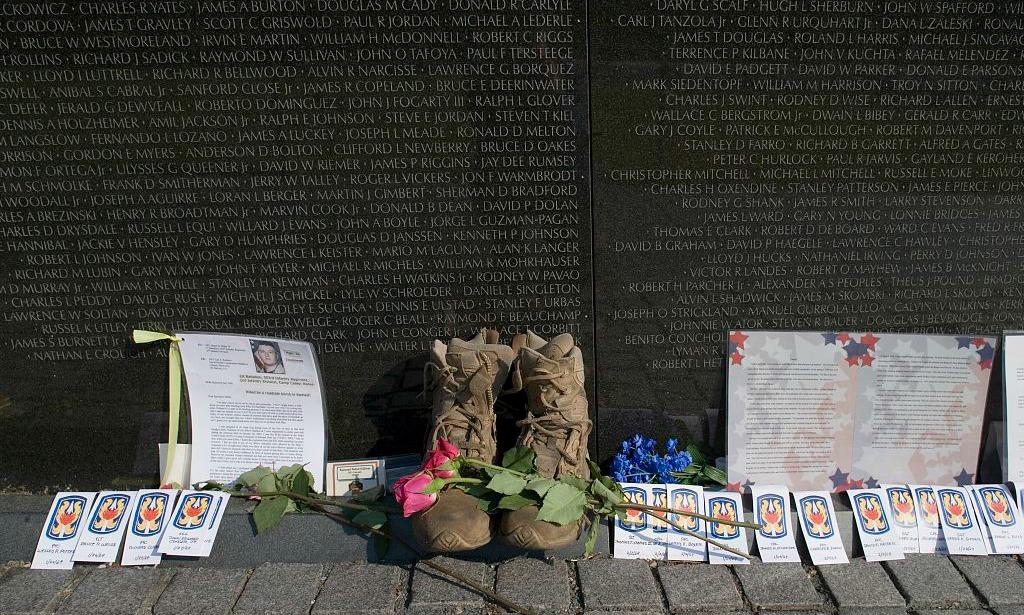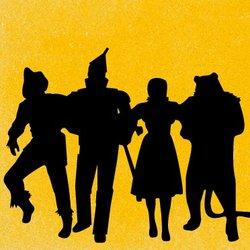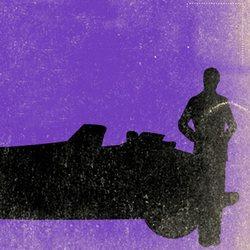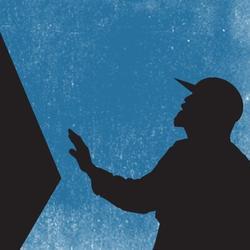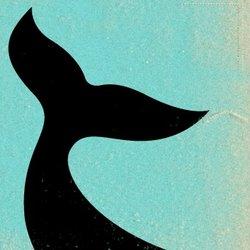Remembering Five American Icons
In honor of Independence Day, WNYC presents this marathon of Studio 360’sAmerican Icons, a series ofdocumentaries about definingworks of American art.
10am: Monticello
Monticello is home renovation run amok. Thomas Jefferson was as passionate about building his house as he was about founding the United States; he designed Monticello to the fraction of an inch and never stopped changing it. Yet Monticello was also a plantation worked by slaves, some of them Jefferson’s own children. Today his white and black descendants still battle over who can be buried at Monticello. It was trashed by college students, saved by a Jewish family, and celebrated by FDR. With Stephen Colbert, filmmaker James Ivory, and artist Maira Kalman.
11am: The Wizard Of Oz
It’s been over seventy years since movie audiences first watchedThe Wizard of Oz. Meet the original man behind the curtain, L. Frank Baum, who had all the vision of Walt Disney, but none of the business sense. Discover howOzcaptivated the imaginations of Russians living under Soviet rule. Hear how the playwright Neil LaBute, the late filmmaker Nora Ephron, the novelist Salman Rushdie, and the musician Bobby McFerrin, found magic, meaning, and inspiration inOz.
Noon: The Great Gatsby
Studio 360 explores F. Scott Fitzgerald’sThe Great Gatsbyand finds out how this compact novel became the great American story of our age. Novelist Jonathan Franzen tells Kurt Andersen why he still reads it every year or two, and writer Patricia Hampl explains why its lightness is deceptive. We’ll drive around the tony Long Island suburbs where Gatsby was set, and we’ll hear from Andrew Lauren about his filmG, which sets Gatsby among the hip-hop moguls. And Azar Nafisi describes the power of teaching the book to university students in Tehran. Readings come courtesy of Scott Shepherd, an actor who sometimes performs the entire book from memory.
1pm: The Vietnam Vetran’s Memorial
How do you build a monument to a war that was more tragic than triumphant?Maya Linwas practically a kid when she got the commission to design theVietnam Veterans Memorial on the National Mall. “The veterans were asking me, ‘What do you think people are going to do when they first come here?'” she remembers. “And I wanted to say, ‘They’re going to cry.'” Her minimalistic granite wall was derided by one vet as a “black gash of shame.” But inscribed with the name of every fallen soldier, it became a sacred place for veterans and their families, and it influenced later designs like the National September 11 Memorial. We’ll visit a replica of the wall that travels to veterans’ parades around the country, and hear from Secretary of Defense Chuck Hagel how this singular work of architecture has influenced how we think about war.
2pm: Moby Dick
In this Peabody Award-winning show, Kurt Andersen sets sail in search of Moby-Dick. Herman Melville’s white whale survived his battle with Captain Ahab only to surface in the works of contemporary filmmakers, painters, playwrights and musicians. Kurt Andersen explores the influence of this American icon with the help of Ray Bradbury, Tony Kushner and Frank Stella, among others.
Our coverage reaches millions each week, but only a small fraction of listeners contribute to sustain our program. We still need 224 more people to donate $100 or $10/monthly to unlock our $67,000 match. Will you help us get there today?
